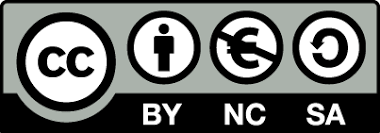Abstract
Although the provision of school lunch for primary school children was established since 1952 in
Thailand, evidence indicates the limitation of the school-food program in tackling over- and under- nutrition.
This cross-sectional mixed method study aimed to analyze school food management systems and
determinants which affected the nutritive value of school lunch, food safety and types of food and drink
available in school. The qualitative study was done by in-depth interview and focus group discussion
with key informants. Quantitative data was drawn from self-reported questionnaire from 226 primary schools. Descriptive statistics and correlation analysis were used in data analysis. The results showed that
the nutritional values from lunch menus achieved only 74.11% of the target. For energy and types of
nutrients, lunch menu achieved only 79.24% of the target energy; and 56.94%, 48.89% and 37.51% of the
target iron, vitamin A and dietary fiber, respectively. Size of school, type of school and use of the community
farm products were significantly associated with the nutritive value of the school lunch (p < 0.05).
Most of the school had the food safety program, whereas two-third of the schools had food and drinks
high in fat, sugar and sodium contents. The result indicated that the schools under the Bureau of Border
Patrol Police (BPP) can provide better nutritive lunch than others and can thus be a role model. Challenges
include the improvement of the food safety management and the control of high fat, sugar and sodium in
school food and drinks


